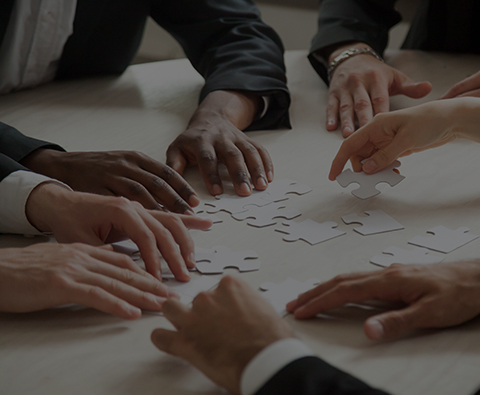Traditional energy sector
Ukraine’s electric power sector includes over thirty power plants, with four nuclear plants supplying more than half of the country’s total electricity needs. While the energy grid remains state-owned, state distribution companies are slated for privatization, presenting significant opportunities for private investors.
The sector has suffered substantial losses since the full-scale invasion. Damage to energy infrastructure from Russian attacks is estimated at USD 56 bln as of summer 2024. Intense missile strikes in March-April 2024 caused severe damage to thermal and hydroelectric power plants and electrical networks in various regions. At least 50% of the energy infrastructure has been damaged since the onset of the war.
Gas Sector
In 2023, Ukraine produced 18.7 billion cubic meters of gas, while consumption reached 19.6 billion m³. As of early 2024, about 8.1 bln m³ of gas are stored in Ukraine’s 12 underground storage facilities, which have a total capacity of nearly 31 bln m³. These storage facilities are the largest in Europe and the third largest globally. Five major storage facilities located in western Ukraine account for 80% of the total capacity. The deep storage (up to 2,000 meters) and strategic location near European borders (Romania, Poland, Hungary, and Slovakia) offer advantages for gas storage during wartime.

Since 2022, natural gas prices in Ukraine have decreased in line with European market trends, contributing to stable prices due to mild temperatures and high gas reserves. A significant factor in price reduction was the prohibition of natural gas exports by the Ukrainian government decree № 1466 dated December 27, 2022, which allowed sufficient accumulation to meet domestic demand. The National Commission for State Regulation of Energy and Public Utilities (NERC) approved a Development Plan for Gas Storage for 2022-2031, with a total budget of UAH 14.4 bln (USD 500 mln). Of this, UAH 8.2 bln will be invested in constructing new underground gas storage facilities, and UAH 4.9 bln will go towards infrastructure and technological equipment upgrades. Further development of gas fields and increased production using modern technologies will enable Ukraine not only to meet domestic consumption but also to export gas to EU partner countries.
Ukraine actively develops its energy sector in synergy with the EU. On March 16, 2023, Ukraine’s energy system connected to the European energy system (ENTSO-E) and operates synchronously with European energy systems. This synchronization enhances Ukraine’s ability to receive support from Europe during emergency outages, import European electricity, and reduce the number of consumers restricted from electricity. Integration with the European energy system allows for an import capacity of 1.7 GW, helping to compensate for the temporary deficit in production capacity during peak hours and balance the energy system.









